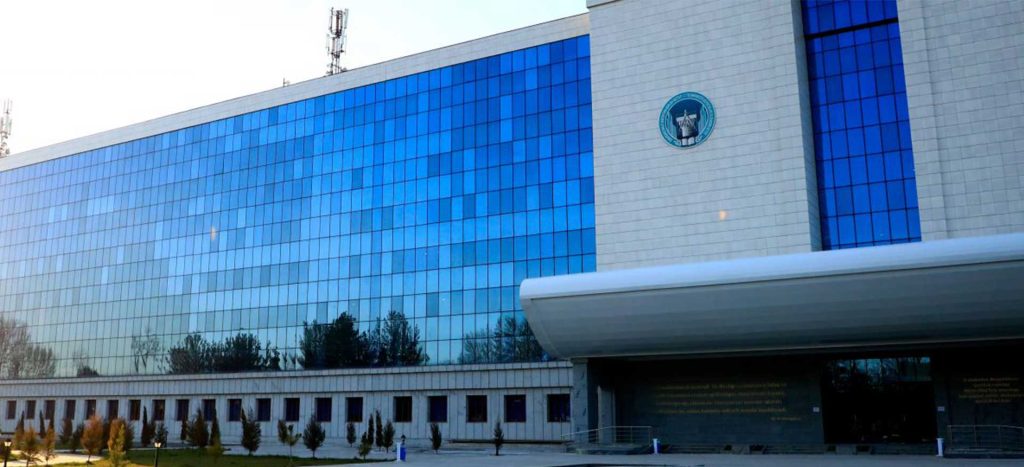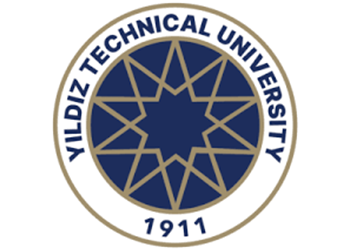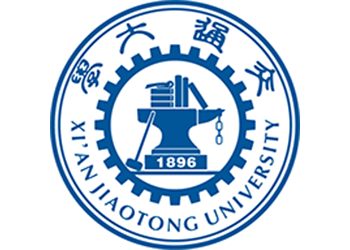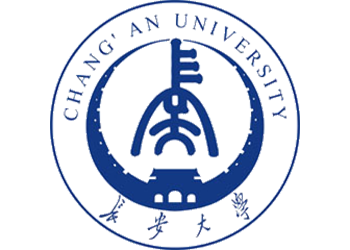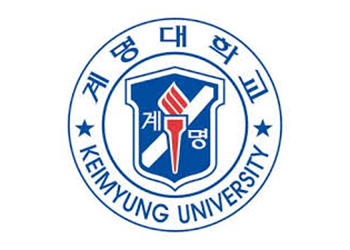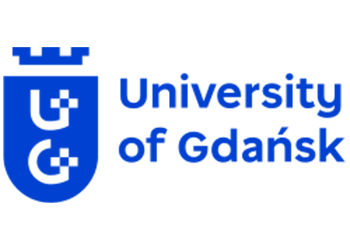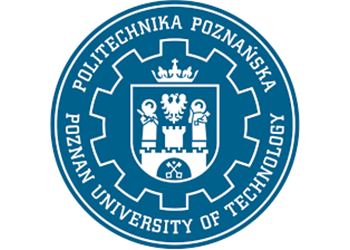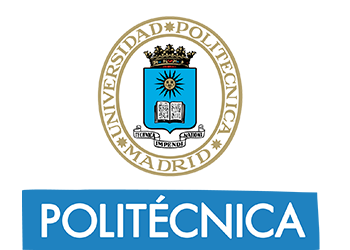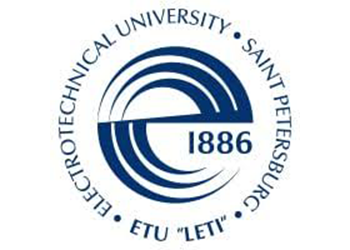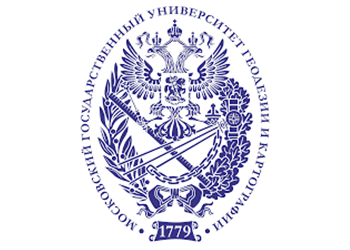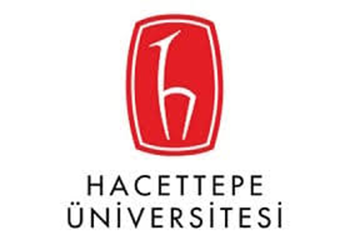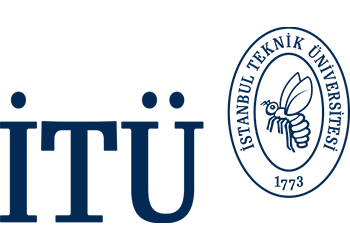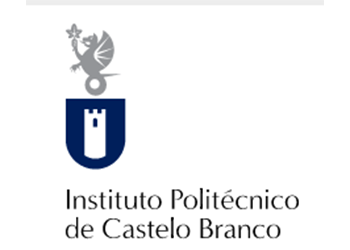About Our University
The reason why SamSACEI was established in the city of Samarkand is, firstly, the earthquake in Tashkent and its consequences; secondly, the fact that Samarkand is one of the ancient cities of Central Asia with a history of 2750 years, its culture is highly developed, rich in unique architectural monuments; and thirdly, Samarkand has been a center of knowledge, science and culture since ancient times. SamSACEI was founded in 1966 and quickly became one of the leading higher education institutions in the Soviet Union, recognized for its academic excellence and contributions to engineering and architecture.

Education Programs
SamSACU offers various educational programs in Uzbek and Russian languages to young people.

App Development
We provide SamSACU Autodesk, Archicad, Office365 and many other programs free of charge to our students.

University Life
Student life is about more than just studying. Engage in various events and extra-curricular activities.

Strong faculty team
SamSACUrecruits experienced and knowledgeable professors and lecturers to provide high quality services to students.
Applicants for Research Internships, Basic Doctoral Studies (PhD), and Independent Research (PhD) must submit the following documents:
1. Brief biographical information.
Master’s degree completion certificate from a higher education institution
3. Copies of published scientific works (at least 1 article and 2 abstracts).
4. Letter of recommendation.
PhD Program Applications Are Now Open
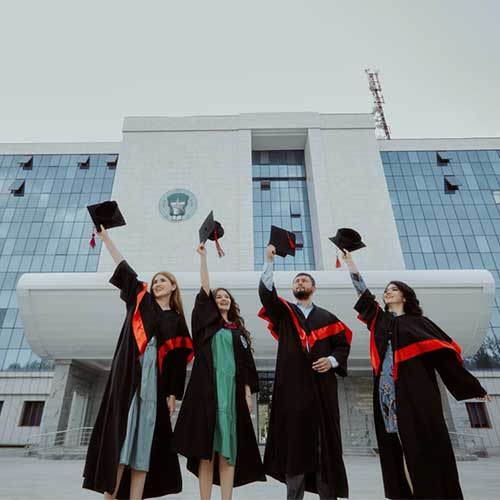
Samarkand State Architecture and Construction University, one of the most prestigious educational institutions in Central Asia, has officially opened applications for its doctoral programs.
With its modern educational infrastructure, experienced academic staff, and internationally recognized research, our university maintains the highest standards in postgraduate education.
We offer a strong academic environment, particularly for researchers aiming to specialize in:
Why Choose Samarkand State Architecture and Construction University?
✅ Internationally accredited programs
✅ State-of-the-art laboratories and research centers
✅ Project-based and practice-oriented education
✅ A unique opportunity to live and study in the historical and cultural heart of Uzbekistan – Samarkand
📌 Applications are accepted for a limited number of places.
📅 Don’t miss the deadline—shape your academic future at Samarkand!
Civil Engineering
Building Structures, Buildings and Constructions:
Deals with the design and calculation of building structures, ensuring their strength, stability, and durability.
Foundations, Foundations and Underground Structures. Bridges and Transport Tunnels. Roads, Subways:
Specializes in the design and construction of foundations, underground structures, bridges, tunnels, roads, and subways.
Building Materials and Products:
Investigates the properties of building materials and develops new types of materials with improved characteristics.
Power Installations Based on Renewable Energy Sources:
Develops and researches power installations that use renewable energy sources (solar, wind, water, geothermal energy).
Heat Supply. Ventilation, Air Conditioning. Gas Supply and Lighting:
Develops systems for heating, ventilation, air conditioning, gas supply, and lighting of buildings and structures.
Water Supply. Sewerage. Water Protection Construction Systems:
Deals with the design and operation of water supply, sewerage, and wastewater treatment systems, as well as the construction of structures to protect water basins.
Mechanical Engineering
Theoretical Mechanics:
Studies the general laws of mechanical motion and equilibrium of material bodies, abstracting from their specific properties. The foundation for many engineering disciplines
Mechanics of Soils and Rocks:
Investigates the mechanical behavior of soils and rocks under various loads. Important for the design of foundations, tunnels, and other underground structures.
Mechanics of Deformable Solid Bodies:
Studies the deformations and stresses in solid bodies under the influence of external forces. Applied to the calculation of the strength and stability of structures.
Fluid and Gas Mechanics:
Investigates the laws of motion and equilibrium of liquids and gases. Important for the design of hydraulic systems, pipelines, and aircraft.
Geomatics Engineering
Land Management, Cadastre and Land Monitoring:
Deals with the planning of land use, cadastre management, and monitoring of land conditions.
Geodesy, Cartography:
Deals with determining the shape and size of the Earth, and creating maps and plans of the terrain.
Geoinformatics:
Develops and uses geographic information systems (GIS) for the collection, analysis, and presentation of geographic information.
Architecture-Planning
Theory and History of Architecture. Restoration and Reconstruction of Architectural Monuments:
Investigates the theoretical foundations of architecture, the history of its development, and also deals with the preservation and restoration of architectural monuments.
Regional Planning. Urban Planning. Planning of Rural Settlements. Landscape Architecture. Architecture of Buildings and Structures:
Deals with the planning of the development of territories, cities, and rural settlements, as well as landscape architecture and the design of buildings and structures.
Economics
Management:
Studies the theory and practice of managing organizations, including planning, organizing, motivating, and controlling.
History of SamSACU
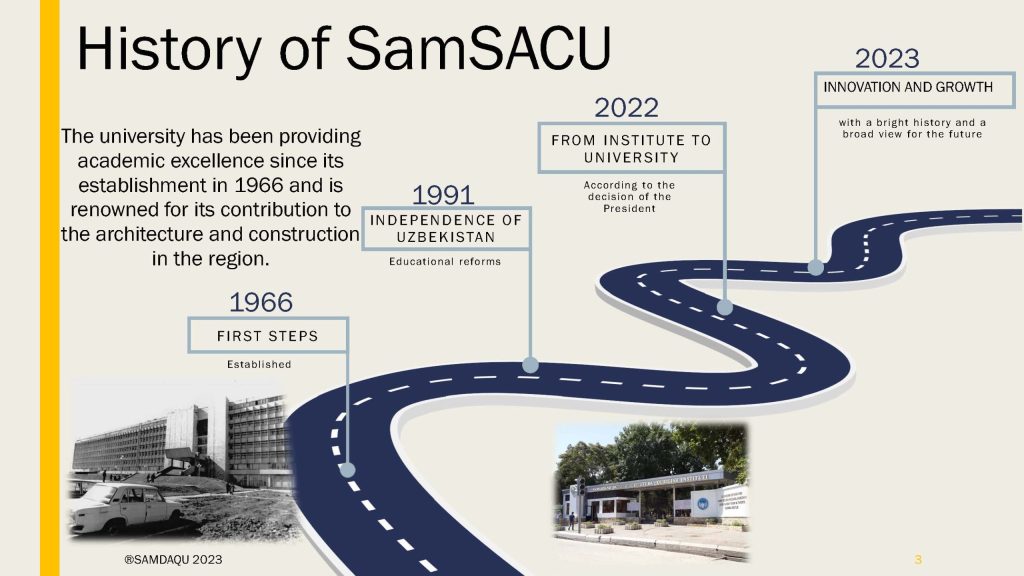
The university has been providing academic excellence since its establishment in 1966 and is renowed for its contribution to the architecture and construction in the region.
We are at the crossroads between East and West
Partners
At Samarkand State Architecture and Construction University, we take pride in our strong and growing network of international partnerships with prestigious universities and institutions around the world. Through these collaborations, we promote academic exchange, joint research, student mobility, and shared innovation in architecture, engineering, and urban development.
With partner institutions spanning over 20 countries, including Germany, China, Turkey, South Korea, Russia, and many more, we are committed to offering our students and faculty global opportunities for academic and professional growth.
Our partnerships support:
- Joint research and publications
- Student and faculty exchange programs
- Dual degree and mobility projects
- International conferences and workshops
Explore the full list of our partner institutions and discover how we’re building a global academic community together.
Why Study at Samarkand State University of Architecture and Construction?
Strong International Partnerships
SamSACU collaborates with over 30 leading universities from Europe and Asia, offering students exchange opportunities, double degree programs, and global exposure in architecture, engineering, and construction fields. Upon graduation, students have employment opportunities not only in Uzbekistan but also abroad, including Kazakhstan, Russia, and Turkey, thanks to the university’s strong academic reputation and international partnerships.
Historic and Inspiring Location
Located in Samarkand, one of the oldest and most beautiful cities in the world, students enjoy a culturally rich environment that blends tradition with modernity, making it a unique place to study.
Modern Learning Facilities
The university is equipped with cutting-edge laboratories, smart classrooms, and computer centers — providing students with practical experience using the latest technology in architecture and engineering.
Affordable and Quality Education
SamSACU offers high-quality education at an affordable cost, making it an ideal choice for international students seeking professional skills and degrees recognized across the region.

